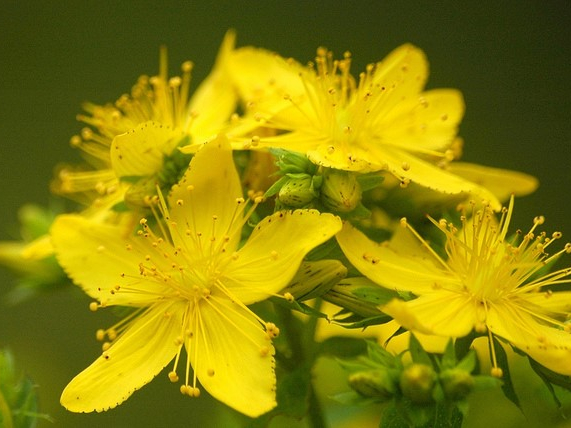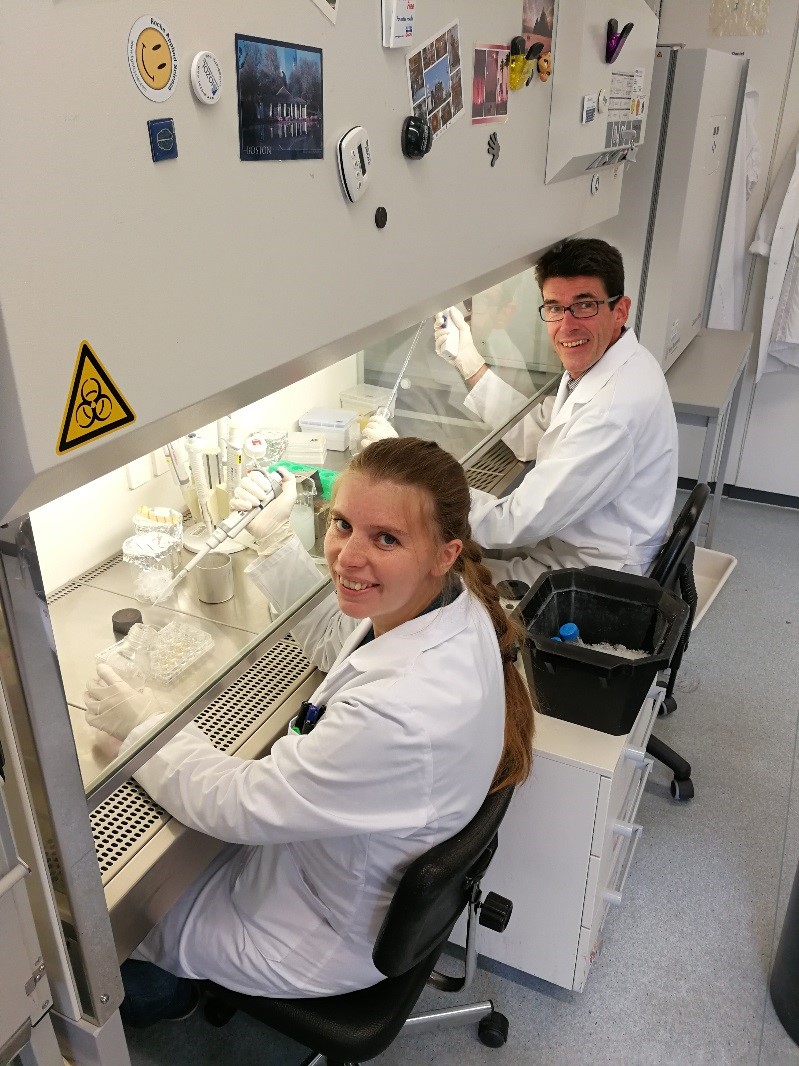Plant-derived antibiotics against multi-resistant bacteria
Pleasant news for Prof. Dr. med. Steffen Stenger (Institute of Medical Microbiology and Hygiene)! The state Baden Württemberg approved funding of a collaborative project with the universities of Stuttgart and Tübingen for three years. In this project, the antimicrobial activity of a new class of plant-derived compounds, so-called polycyclic polyprenylated acylphloroglucinols (PPAPs) will be investigated.
Since infections caused by multidrug-resistant bacteria are rising, new strategies and antimicrobial agents are urgently required. The group of Steffen Stenger extensively studies cellular host defense mechanisms. In their recent publication, Wehrstedt et al. showed e.g. that lysosomal acidification suppresses the growth of Mycobacterium tuberculosis in human macrophages1 (see also article from 20.09.2018: Young researchers realizing innovative ideas). In a collaborative study with Robert L. Modlin and colleagues from the University of California (Los Angeles), Stenger identified a sub-population of human CD8+ cytotoxic T lymphocytes (CTLs) that effectively killed macrophages infected with Mycobacterium leprae. These “antimicrobial CTLs” expressed a combination of three proteins (killer trifecta): granzyme B, perforin and granulysin2. With his great expertise, Steffen Stenger will complement a consortium of seven PIs in the new project.
Apart from the human body, also plants constitute an excellent source of novel effector or precursor molecules with various biological activities. Polycyclic polyprenylated acylphloroglucinols (PPAPs) belong to a class of compounds that are present in plants such as Hypericum perforatum (St. John’s wort, in german: Johanniskraut). Hyperforin, a PPAP compound derived from this plant is e.g. well known for the treatment of depression3. The group of Prof. Dr. Bernd Plietker from the University of Stuttgart, who is also part of the consortium, established a new chemical PPAP synthesis pathway. Preliminary work has shown that some of these non-peptide based derivatives have promising antimicrobial activities against multidrug-resistant bacteria. By variation of substituents, a large number of PPAP derivatives can be generated. PPAP derivatives with optimized antimicrobial activity and minimal toxicity could be identified by testing the compounds against multi-drug resistant and biofilm-forming pathogenic bacteria. The final goal would be a PPAP-based antibiotic that can be used in the treatment of persistent infections.
1 Wehrstedt, Stephanie, et al. "The tyrosine kinase inhibitor dasatinib reduces the growth of intracellular Mycobacterium tuberculosis despite impairing T‐cell function." European journal of immunology (2018).
2 Balin, Samuel J., et al. "Human antimicrobial cytotoxic T lymphocytes, defined by NK receptors and antimicrobial proteins, kill intracellular bacteria." Science immunology 3.26 (2018): eaat7668.
3 Di Carlo, Giulia, et al. "St John's wort: Prozac from the plant kingdom." Trends in Pharmacological Sciences 22.6 (2001): 292-297.



